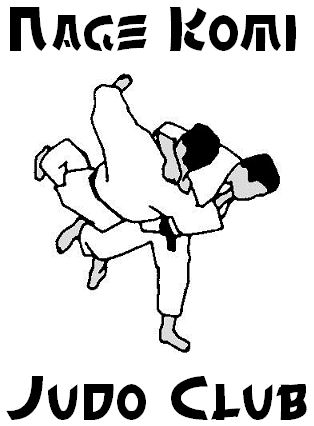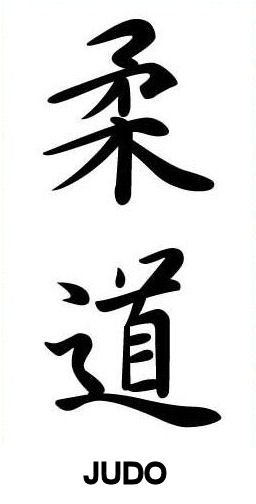aa
For more than sixty years the structure of Kodokan Judo had not changed. However in 1982 the Kodokan revised the Go Kyo No Waza by reintroducing the 8 techniques that were discarded in 1920 and by adding 17 new techniques. These sixty-five techniques became known as "The 65 Techniques of Kodokan Judo."
There have been two main developments in Judo over the years. The first was the introduction of weight categories. In the early days, weight differences were not considered important. Everyone fought everyone else, with the result that, if two players were equally matched in skill, the bigger man usually won. There was much opposition to the introduction of weight categories. Some masters feared that it meant the end of Judo as a skilful art. Initially there were three categories, and later this was made into five. Inclusion of the sport in the Olympic Games in 1964 helped to hasten this important reform.
The second development was the teaching of Judo to children. In the early days, it was thought much too dangerous to teach children because they would not have the self-discipline to avoid using it outside the club. Today many clubs are composed largely of junior membership.
There are different styles of Judo. With its inclusion in the Olympics, there has been a shift toward a contest style practice. In clubs where this style is taught, practice becomes largely a continuous contest. Other schools stress skill. They favour repetitive movements to make them instinctive, and the development of speed through practice with little resistance. Such clubs usually also teach the kata, such clubs could be considered traditional Judo clubs.












